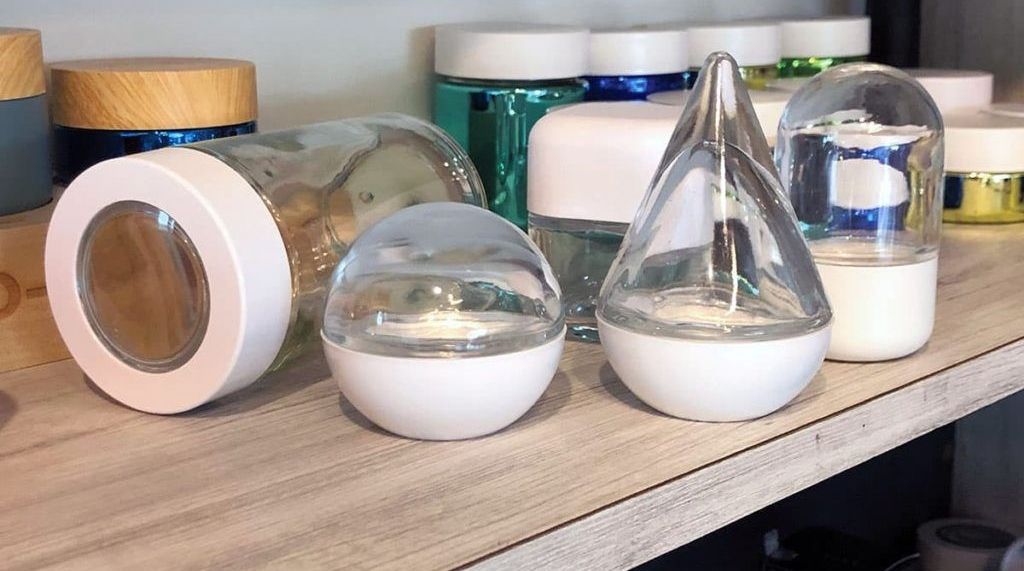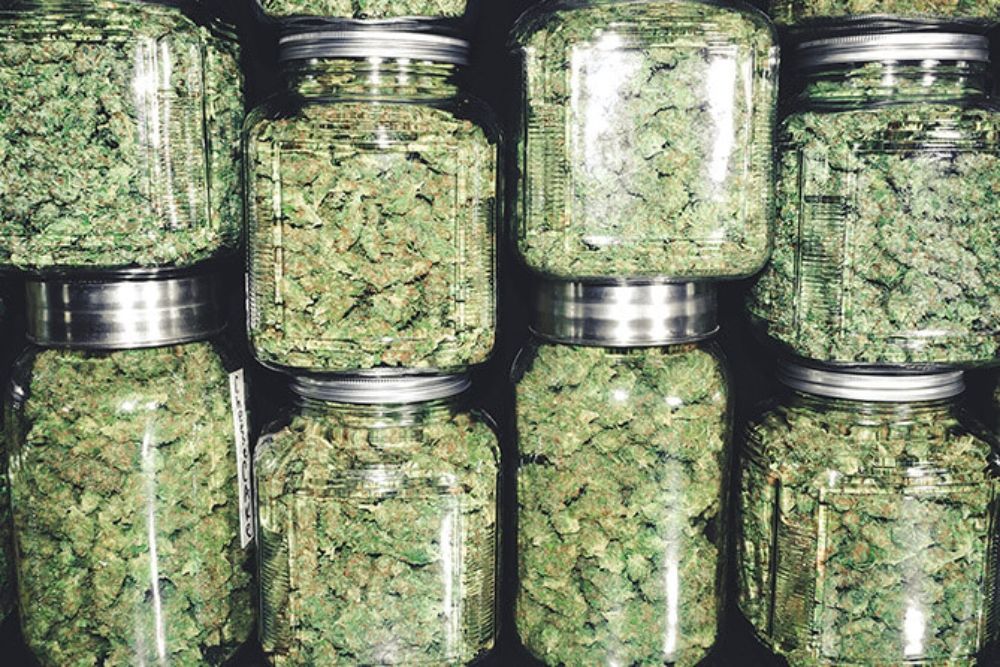(This story appears in the October issue of Marijuana Business Magazine.)
It’s tricky to develop attractive cannabis packaging that will keep children from opening it while still enabling seniors seeking relief to access what’s inside.
Many states that mandate child-resistant packaging for cannabis require the containers to go through a rigorous—and expensive—testing process. That’s why it’s important for packaging designers to be well-versed in what works and what doesn’t before sending finished items to a testing laboratory.
Cypress, California-based KushCo Holdings provides packaging to many cannabis businesses. Currently the company is working on a project for a large U.S. marijuana business, and KushCo sent a team to the Chinese factory where the packaging is being made to test the design.
Stewart said states are “doing the right thing” by requiring childproof testing, but the process is pricey. With a cost of nearly $8,000 to test a product and the amount of time and money it takes to produce the 400 samples that are required for childproof testing, it pays to have a solid understanding of what will pass.
“I understand why it’s expensive: You’re using children and seniors and doing timed studies. That’s not something that’s easy to do. We couldn’t just bring a bunch of kids in here and test them.”
For the third-party tests, labs invite panels of 50 children and divide them into three age categories: 42-44 months, 45-48 months and 49-51 months. The children are instructed on how to open each package and given permission to use their teeth. Then, they’re given 10 minutes to try to open the package. If the results are inconclusive, additional testing is required of one or more groups of 50 children each—up to a maximum of 200 children.
KushCo sources its packaging from China, Germany, Mexico and Taiwan. There is a good packaging producer in the United States, Stewart said, but it won’t work with cannabis companies.
Beyond Child Resistance
Companies such as vertically integrated marijuana producer Seed & Smith in Denver rely on packaging giants, including KushCo, to make sure they are compliant with state regulations.
“We’re really at the will of the (packaging) manufacturers when they go and get these certifications,” said Robbie Wroblewski, Seed & Smith’s director of community outreach. “For a small business like us, it’s a cost efficiency.”
When Seed & Smith is evaluating packaging design, the No. 1 thing it is looking for is whether the packaging is child-resistant. It also considers whether it is functional, aesthetically pleasing and eco-friendly.
“Can it be recycled? Can it be reused? Can it fulfill some (function) other than trash?” Wroblewski said.
Reliability is another key factor. Seed & Smith has encountered a few manufacturers that get the necessary certifications, but the packaging still seems faulty.
In one instance, Seed & Smith was presented with cardboard packaging that was certified as child-resistant, but when the company performed its own tests, the manufacturer’s claim didn’t hold up.
“We kept opening and closing it,” Wroblewski said. “It started breaking down after six or seven times. After nine or 10 times, it could be opened easily.”
Make Packaging Senior-Friendly
Keeping children out of cannabis containers isn’t the only consideration for packaging designers. Packages also must be senior-friendly, so that’s tested as well: 100 adults 50-70 years old are tested individually. They’re given five minutes to open and, if it’s reclosable, properly close the child-resistant package. If they can’t open the child-resistant package in five minutes, they are screened to determine their ability to open and close two non-child-resistant packages in one minute. For packaging to pass the test, 90% of the adults tested must be able to open and properly close the package during both the five-minute and one-minute tests.
If the packaging fails, it has to be redesigned and sent back for another round of testing—and an additional fee, though it’s not as steep as the original cost.
Then there’s the cost to redesign the packaging molds and make another 400 sample packages to send off for testing. The cost of remaking the molds can range anywhere from $2,000 to $50,000, depending on how many cavities are in it, said Ed Kilduff, president of Hermosa Beach, California-based Pollen Gear.
“You get charged again by the factory,” Kilduff said. “If it’s an injection-mold plastic part, you would have to cut out part of the mold and weld another piece in there.”
In addition to being child-resistant, many cannabis companies want their packaging to convey a certain image and stand out on store shelves. Denver-based Coda Signature, for example, is striving to position itself as a luxury confection brand, and its packaging must reflect that, said Kevin Roff, product development manager for Coda Signature.
“For a mainstream brand like Godiva, it’s a no-brainer,” Roff said. “But for a cannabis brand, how do you create a package that looks, feels and behaves like your typical high-end box of chocolates but also protects child safety?”
Coda Signature’s solution was to build safety features into the box itself. There’s always a trick to opening the packaging or a feature that can be triggered only through a specific sequence of movements so the packaging can’t be opened by accident. Coda Signature’s truffle boxes, for example, have a mechanism that can be opened only by pushing in two tabs at the same time while simultaneously pulling out the plastic container holding the truffles.
“The tab mechanism is an elegant solution because it allows us to convey the aesthetic look of luxury chocolates while also making it very difficult for a child to open,” Roff said.







